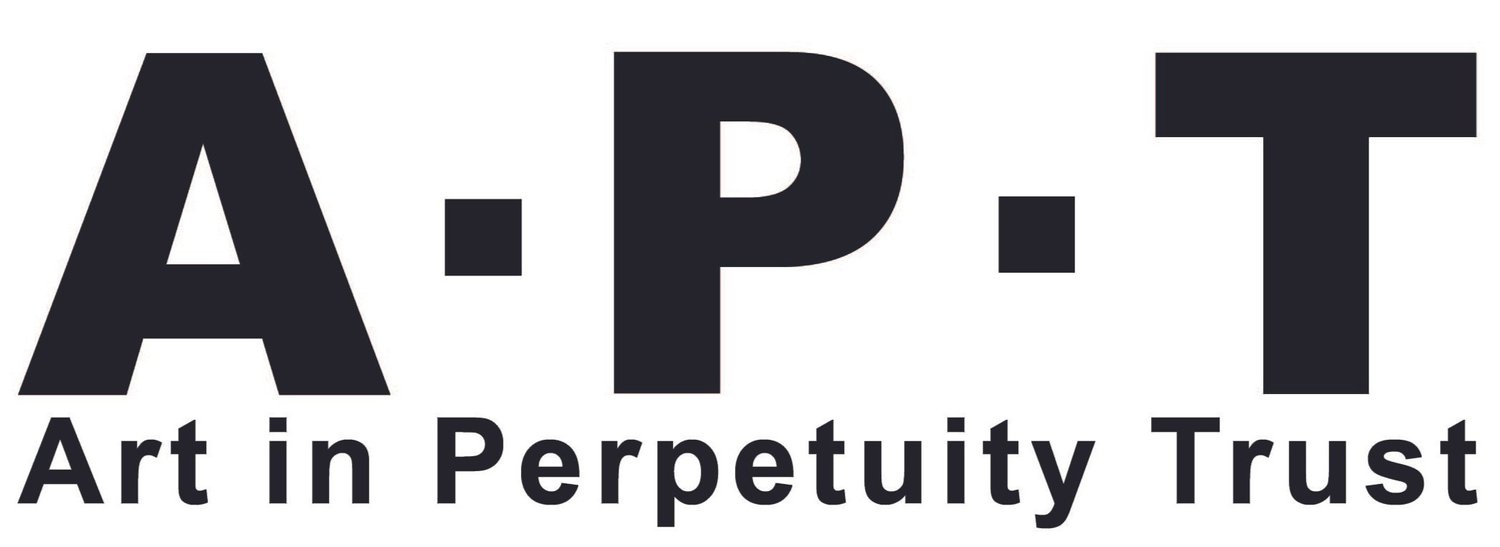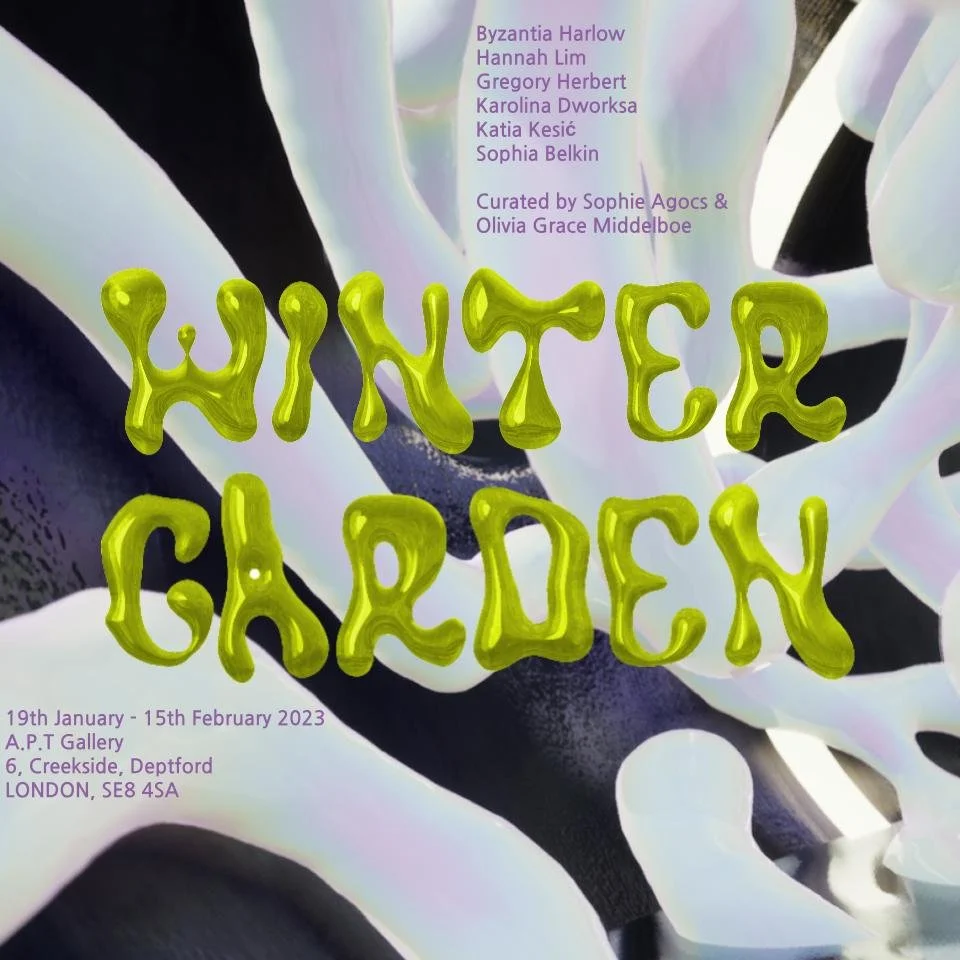Winter Garden
19 January - 5 February 2023
Thurs to Sun, 12-5pm
Private View :
Thursday 19 January 6 - 8pm
Further event details coming soon!
Winter Garden is a group exhibition in the form of a greenhouse gone wrong. Artworks in this exhibition blend biology and botany and plant ideas of other worlds and futures. Who knows what freaks of nature may flourish in an out-of-control environment of bizarre cross-pollination and alien life!
Still from ‘Making-with’ (2021). Single channel film, 9.12mins, 4K (2021)
Gregory Herbert in collaboration with Professor Katie J. Field
Commissioned by SheffieldDocFest and supported by Wellcome Trust
Winter Garden
Not many remember a time when humans marvelled at the beauty and power of unnatural warmth in winter. When the first gilded, ornate greenhouses sprouted up throughout the grey landscape of England in the 19th century, we humans celebrated a landmark achievement in control over the natural world. In these synthetic solar oases, exotic living things from far-off ends of the Earth could be ordered, cloned, and harvested. It was a triumphant event for the history of botany and 19th century society. It may be hard to imagine a time when humans found so much to celebrate in the idea of a heated earth from where we stand today, but it is an entirely different experience to imagine what a greenhouse might come to represent when inserted into a futuristic post-climate change, apocalyptic, dreamscape.
This exhibition takes the form of a greenhouse gone wrong. Here we can consider the space of the greenhouse, in particular its 19th century ideas/traditions, as a lens to consider sustainability and the climate crisis. A Victorian greenhouse of the future allows us to imagine what this former feat of human intelligence might look like in the landscape of climate change and whether or not it might even be possible or necessary. The artworks in this exhibition engage with biology and botany and transport us to other worlds and futures. Who knows what freaks of nature may flourish in an out-of-control environment of bizarre cross-pollination and alien life. Who knows what ideas we may draw from an image of a future not so distant, and not so unfamiliar.
The show is curated by Sophie Agocs and Olivia Middelboe. The artists participating are as follows: Byzantia Harlow, Gregory Herbert, Hannah Lim, Karolina Dworska, Katia Kesic, and Sophia Belkin.
Artist Introductions
In Byzantia Harlow’s practice, ‘There is an uneasy feeling of tainted beauty or toxicity, and an (im)balance between reality and fiction which keeps the viewer poised between imagined effect and debunked dream.’ Harlow’s work Psilocybin (The Sediments of Sentiments) (2020) is a large sculptural work that could be straight out of a Gothic short story. The piece is composed of lurid colours, uncanny, disembodied elements of the human body (faces, nipples), fungi and reeds. The piece perfectly inhabits our strange hypothetical greenhouse.
Sophia Belkin’s current practice ‘[utilises] dye painting, embroidery, textile collage, and installation’ to explore natural processes. Recurring motifs in her work include plant matter and cellular structures.
Gregory Herbert is a British artist working with sculpture, film and installation. Herbert’s practice explores the vast entanglement of interactions that organisms and non-human entities have within their environments, Herbert often taking influence from models of collaboration and coexistence.
Hannah Lim’s practice develops in response to her cultural identity. As a person of mixed Singaporean and British heritage both her research and practice has come to engage with the colonial connotations of the relationship between the East and the West. She creates functional and ornamental furniture-like structures that are culturally coded, referencing an aesthetic trend that saw the appropriation of Chinese design as a result of Britain’s colonial conquests. Yet their anthropomorphic forms are also playful and peculiar.
Karolina Dworska ‘delves into the subject matter of the inbetween; the grey area between dream and reality, and fantasy spaces’. We plan to include recent textile pieces which we feel heighten this sense of out of control nature, and consider alternate worlds and futures. Dworksa’s practice contributes to this sense of the uncanny and dreamlike images of nature which we feel flow throughout the whole of this show and our hypothetical greenhouse.
Katia Kesic is an architect and artist based in London who produces ceramic works which draw on memory and experience and the idea of the human body as a vessel. Kesic’s practice is very much in line with this idea of the uncanny, and each piece almost creates its own reality or ecology.

